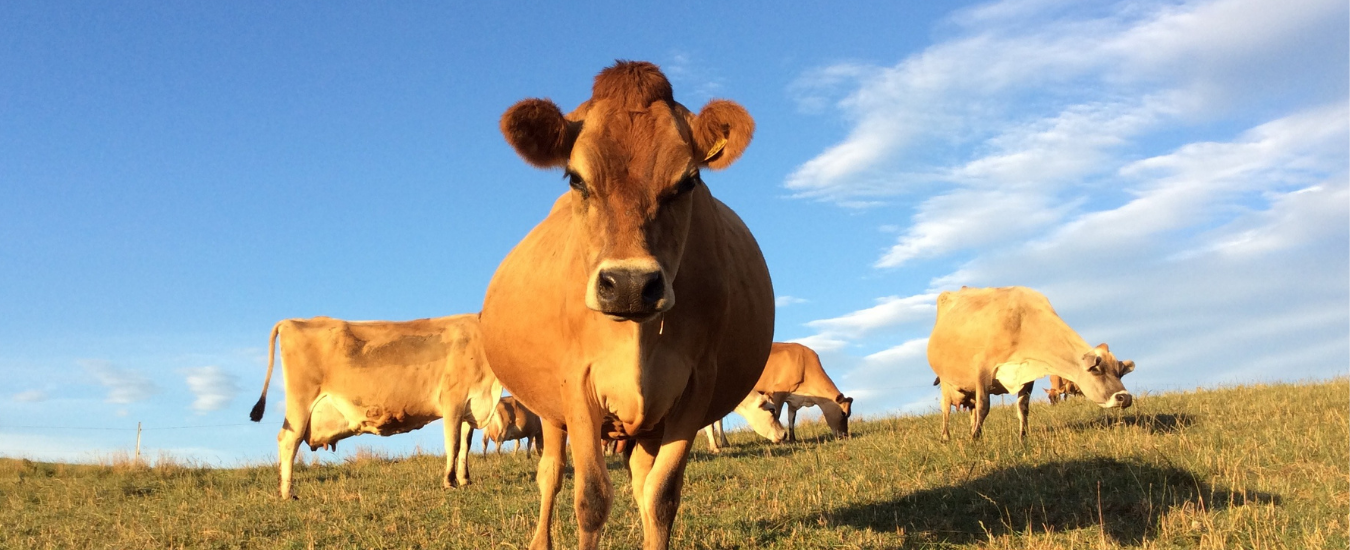Mirboo North dairy farmers Bruce and Fiona milk 330 to 340 cows through a 28-unit herringbone dairy. When Bruce and Fiona purchased their current farm, installing a generator to provide backup power for the dairy farm was a straightforward decision. A generator was installed within the first eight months.
Prior to purchasing their current farm Bruce and Fiona were share farming. They had discussions with the farm owner about installing a generator, but one had not been installed. One year in September (near the end of the calving period) as cows were reaching peak milk production, there was a power outage which lasted for 40 hours.
During the power outage their neighbour was able to get a generator installed to operate his dairy. This allowed Bruce to move his cows to the neighbour’s dairy to be milked. This was about 30 hours after their last milking, and then moved them back home. The power came back on after 40 hours. They had lost 10,000 litres of milk and thought they had fared reasonably well.
Within two days Bruce first noticed a cow down with milk fever near the gate as he entered the paddock to fetch the cows for the morning milking. Shortly after, there were a total of 14 cows down with milk fever, while others were staggering from the effects of the metabolic disorder. Bruce consulted his veterinarian on the situation. Three cows could not be saved. The stress (from not being milked for 30 hours and moving between farms) had triggered a major animal health event. In total 50 cows were treated for milk fever and a calcium supplement (CalMag) was added to the cow’s diet. Contact Agriculture Victoria, or your consultant before making any decisions or changes on your farm.
Altogether, the cost of the power outage was a loss of 12,000 litres of milk, three cows and the cost of treating 50 cows for milk fever. When Bruce and Fiona did the sums, they calculated that the impact of that outage alone would have paid for a generator. Half-way through the power outage the farm owner made the decision to install a generator and it was installed shortly after.
When Bruce and Fiona purchased their current farm, a generator was one of the first improvements they wanted to make. An 85 kVA PTO tractor powered generator was installed. Bruce was concerned a stand-alone generator wouldn’t work or he’d be unable to fix it when needed. Therefore, a more reliable solution – attaching the generator to a tractor via a PTO – was chosen. He knew there’d always be an operational tractor available.
The generator provides power to run the entire dairy. When considering the size of the generator, Bruce and his electrician considered the power required for machinery start up and the potential for dairy expansion and equipment upgrades in the future.
Another option, which was employed at the share farm, was to isolate components of the system. As the three largest power uses in the dairy are the vacuum pump, milk vat and hot water service, the hot water service was isolated so it was not able to operate while milking was occurring.
During the Gippsland storm event in June 2021 the power went out for nearly 50 hours. For Bruce and Fiona, this outage meant backing the tractor up to the generator to provide power and continued operating the farm and milking. They no longer have to worry about the stress of not knowing what to do in an outage and how the herd health will cope with the consequences of a lack of power. They wouldn’t run a dairy now without having some way of milking the cows when there is a power outage.
Further Information
More information on backup power options:
Energy Smart Farming acknowledges the contribution of Bruce Manintveld to this case study and are sadden by his passing in February 2024.



